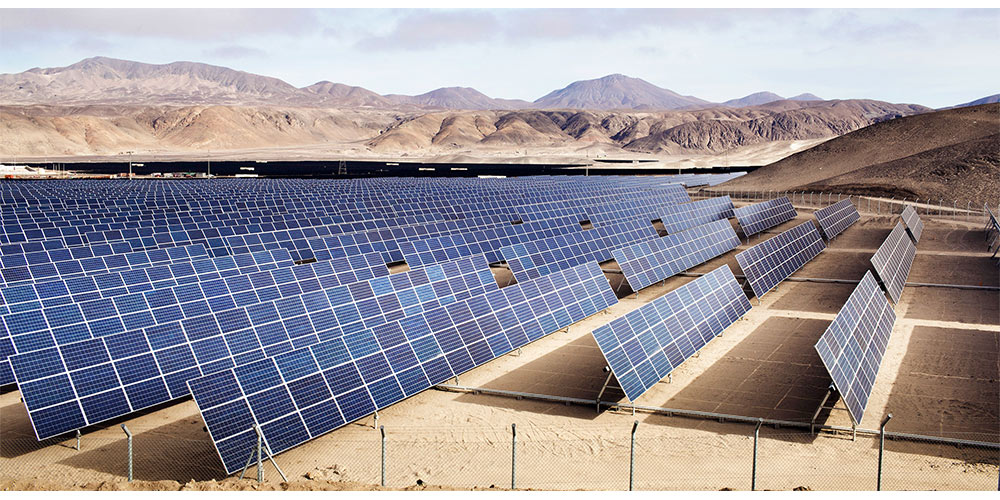The world is currently undergoing a global energy transition. As the negative consequences of fossil fuels increase, there is a growing demand for cleaner and more sustainable energy sources. Southeast Asia, in particular, has huge potential for solar energy due to its abundant sunlight and increasing energy demand.
Solar energy has become more affordable and accessible over the years, and Southeast Asian countries are now gradually shifting towards renewable energy sources like solar power. According to a report by the Global Infrastructure Hub, the installed capacity of solar energy in Southeast Asia increased from 1.4 GW in 2016 to 8.6 GW in 2019, a six-fold increase in three years.

Solar energy has several advantages over fossil fuels. Firstly, it is abundant, renewable, and clean. Unlike fossil fuels, solar energy does not contribute to greenhouse gas emissions or air pollution. Secondly, solar energy can be harnessed locally, reducing dependence on imported fuel and securing energy supply. Thirdly, solar energy offers economic benefits, as it can create employment opportunities, stimulate economic growth, and reduce energy costs over time.
However, there are still challenges to the widespread adoption of solar energy in Southeast Asia. The cost of solar energy storage systems remains high, limiting the ability to store and distribute excess solar energy during periods of low sunlight. In addition, existing energy infrastructure and regulations may not be conducive to the integration of solar energy on a large scale.
Despite these challenges, there is still enormous potential for solar energy in Southeast Asia. Policymakers and investors should work together to create a supportive regulatory environment and implement suitable policies to encourage the adoption of solar energy. This could include feed-in-tariffs, tax incentives, and subsidies for the development of solar energy infrastructure.
In conclusion, solar energy has the potential to replace traditional fossil fuels in Southeast Asia. With its abundant sunlight and increasing energy demand, Southeast Asian countries have the opportunity to harness the power of the sun and transition towards a sustainable and cleaner energy future.

 Xiamen TopFence Co.,Ltd.
Xiamen TopFence Co.,Ltd. No. 77, LingXia South Road, Huli District, Xiamen City, Fujian, China
No. 77, LingXia South Road, Huli District, Xiamen City, Fujian, China Tel: +8613365923720
Tel: +8613365923720
 Email: info@xmtopfence.com
Email: info@xmtopfence.com
 IPv6 network supported Sitemap
| XML
| Blog
| Privacy Policy
IPv6 network supported Sitemap
| XML
| Blog
| Privacy Policy


